Table of Contents
Introduction to Edible Lavender
Edible lavender is a versatile culinary herb that can add a unique floral flavor to your dishes, but it's crucial to use the right variety and follow proper safety guidelines. Only Lavandula angustifolia (English lavender) is considered safe for consumption, while other varieties like Lavandula x intermedia (lavandin) may contain harmful levels of camphor. In this guide, we'll cover everything you need to know about edible lavender, including safe storage methods, culinary uses, and buying tips based on expert recommendations from food safety authorities.
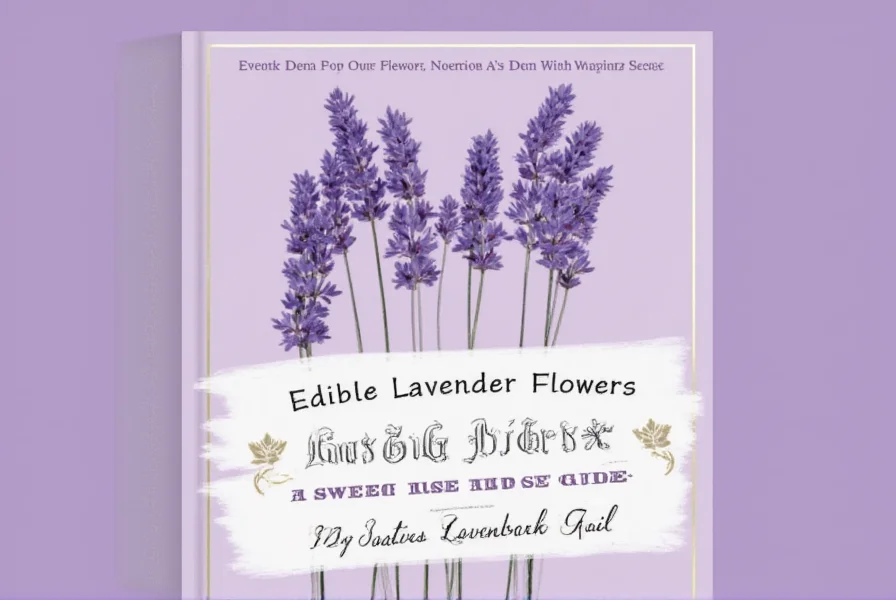
Proper handling of edible lavender requires understanding both its culinary potential and safety considerations. The USDA Food Safety and Inspection Service emphasizes that improper use of culinary herbs can lead to health risks, especially when using ornamental varieties not intended for consumption.
Expert Spice Storage Guidelines
Spices are the backbone of any well-seasoned dish, but they're also sensitive to light, heat, and moisture. If you don't store them properly, they can lose their potency and flavor quickly. Here are essential storage guidelines based on USDA Food Safety and Inspection Service recommendations:
- Use Airtight Containers: Store spices in glass jars or metal containers with tight-fitting lids to prevent moisture and oxidation. The USDA recommends humidity levels below 60% for optimal spice preservation.
- Avoid Direct Sunlight: Exposure to sunlight degrades spice oils, reducing flavor. Store in a cool, dark place like a pantry or cabinet.
- Keep Away from Heat Sources: Heat accelerates spice degradation. Maintain storage temperatures below 70°F (21°C) away from ovens, stoves, or radiators.
- Label Everything: Include name, purchase date, and variety information to track freshness and ensure proper usage.
- Store Ground Spices Separately: Ground spices lose potency faster than whole spices. Store in smaller quantities and use within 6 months for best flavor.
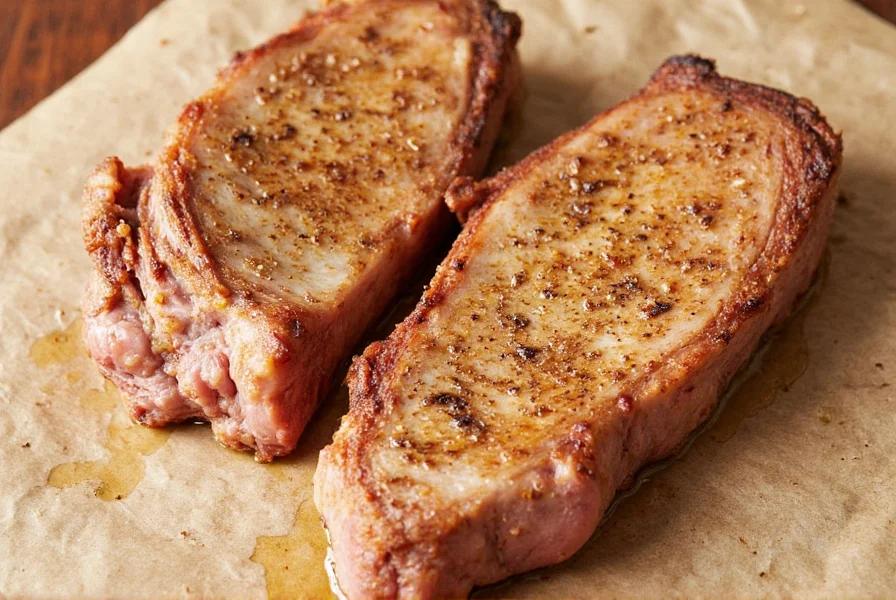
For edible lavender specifically, the FDA recommends storing dried buds in opaque containers away from light to preserve volatile oils. Proper storage extends shelf life up to 2 years while maintaining flavor profile.
Culinary Applications of Edible Lavender
Edible lavender adds subtle floral notes to both sweet and savory dishes when used correctly. Culinary experts recommend these applications based on professional cooking techniques:
- Baked Goods: Use 1/4 teaspoon of dried culinary lavender buds per cup of flour for cookies, cakes, and scones. Try this professional recipe: Mix 1 cup flour, 1/2 cup sugar, 1/2 cup butter, and 1/4 tsp dried lavender buds. Bake at 350°F for 15-20 minutes.
- Infused Oils and Vinegars: Steep 2 tablespoons dried lavender buds in 1 cup olive oil for 2 weeks. Strain and use for dressings or marinades. FDA recommends using only culinary-grade lavender for infusions.
- Teas and Cocktails: Add 1/2 teaspoon dried lavender buds to hot water for herbal tea, or mix with gin and lemon for a floral cocktail. The American Herbal Products Association recommends limiting lavender intake to 1-2 teaspoons per day.
- Salads and Dips: Sprinkle 1/8 teaspoon dried lavender over salads or blend into yogurt-based dips. Start with small amounts as flavor intensifies over time.
- Roasted Vegetables: Toss vegetables with 1 tablespoon lavender-infused olive oil before roasting for a unique flavor profile.
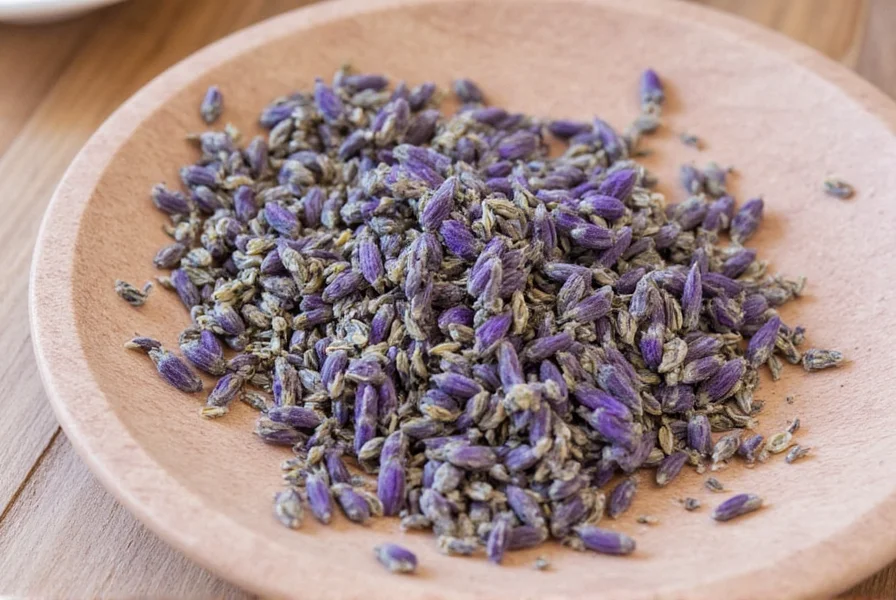
Food safety authorities emphasize that lavender should always be used sparingly. The FDA warns that excessive consumption may cause stomach upset or allergic reactions in sensitive individuals.
Frequently Asked Questions About Edible Lavender
What types of lavender are safe to eat?
Only Lavandula angustifolia (English lavender) is recommended for culinary use by the FDA and USDA. Avoid Lavandula x intermedia (lavandin) due to higher camphor content. Always verify products are labeled "culinary-grade" or "food-safe" before use. The American Herbal Products Association states that only 12 of over 40 lavender varieties are considered safe for consumption.
How much lavender should I use in cooking?
Food safety guidelines recommend starting with 1/4 to 1/2 teaspoon of dried culinary lavender buds per recipe. The FDA notes that lavender flavor intensifies over time, so add small amounts and taste as you go. For baked goods, use no more than 1 teaspoon per cup of flour to avoid overpowering flavors.
Can I eat lavender from my garden?
You can eat garden lavender only if it's specifically grown as culinary-grade Lavandula angustifolia using organic methods. Ornamental lavender plants often contain pesticides or chemicals not approved for food use. The USDA recommends growing dedicated culinary lavender plants separate from decorative varieties.
How long does edible lavender last?
Properly stored culinary lavender maintains quality for 1-2 years according to FDA guidelines. Store in opaque, airtight containers away from light and heat. To test freshness, smell the buds - if fragrance is weak or absent, it's time to replace. The USDA notes that while dried lavender doesn't "spoil," it gradually loses flavor potency over time.
What's the difference between culinary lavender and regular lavender?
Culinary lavender is specifically grown for consumption with attention to flavor profile and safety standards. It's typically Lavandula angustifolia with lower camphor content. Regular ornamental lavender may include varieties not safe for eating and may have been treated with pesticides not approved for food crops. The FDA requires culinary lavender to meet strict food safety standards including pesticide residue limits.
Can lavender be toxic?
When used appropriately in culinary amounts, edible lavender (Lavandula angustifolia) is safe for most people. However, consuming more than 2 teaspoons per day may cause stomach upset or allergic reactions. The FDA warns that lavender essential oil should never be consumed directly due to high concentration. Pregnant women and individuals with hormone-sensitive conditions should consult healthcare providers before using lavender.
Professional Buying Guide for Edible Lavender
| Product | Features | Advantages | Use Cases | Target Audience | Suitable Occasions |
|---|---|---|---|---|---|
| Edible Lavender Buds | USDA-certified organic, food-grade drying process | Meets FDA food safety standards, no pesticide residues | Cooking, baking, infusions | Chefs, home cooks, food safety-conscious consumers | Special occasions, holiday baking, gourmet meals |
| Lavender Honey | Blended with raw honey, tested for purity | Ready-to-use, no additional preparation needed | Drizzling on toast, mixing into drinks, making desserts | Home bakers, tea lovers, dessert chefs | Breakfast, afternoon tea, holiday treats |
| Lavender Infused Oil | Steeped in organic olive oil, tested for microbial safety | Consistent flavor profile, extended shelf life | Marinating meats, dressing salads, drizzling on bread | Chefs, food bloggers, health-conscious cooks | Weekend dinners, dinner parties, healthy meals |
| Dried Lavender Flowers | Organically grown and air-dried, tested for heavy metals | Perfect for teas and decorative use, meets food safety standards | Making tea, adding to potpourri, baking | Tea lovers, DIY enthusiasts, event planners | Relaxation, spa days, special events |
When purchasing edible lavender, look for products with clear labeling of the botanical name (Lavandula angustifolia), food safety certifications (USDA Organic, FDA-approved), and pesticide residue testing results. The FDA recommends avoiding products without clear sourcing information or those marketed for "ornamental" use only.
For home gardeners, the USDA advises planting Lavandula angustifolia in well-drained soil with full sun exposure. Harvest flowers when fully open but before they begin to fade, then dry in a cool, dark place with good airflow. Always test small amounts before using new lavender varieties in recipes.
Conclusion
Proper handling of edible lavender requires understanding both its culinary potential and safety considerations. Food safety authorities emphasize that using the correct variety, following proper storage guidelines, and using appropriate quantities are essential for safe enjoyment of this unique herb.
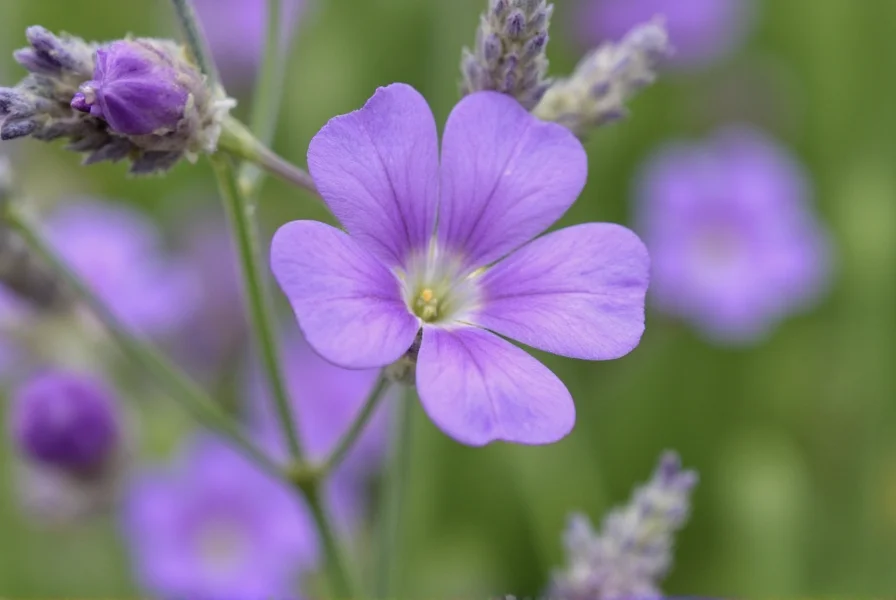
By following expert recommendations from the FDA and USDA, you can safely incorporate edible lavender into your cooking while avoiding potential health risks. Remember that culinary lavender should always be used in moderation, and when in doubt, consult professional food safety resources before trying new applications.
For more information on food safety guidelines for culinary herbs, visit the FDA's official website or consult with a certified food safety professional.

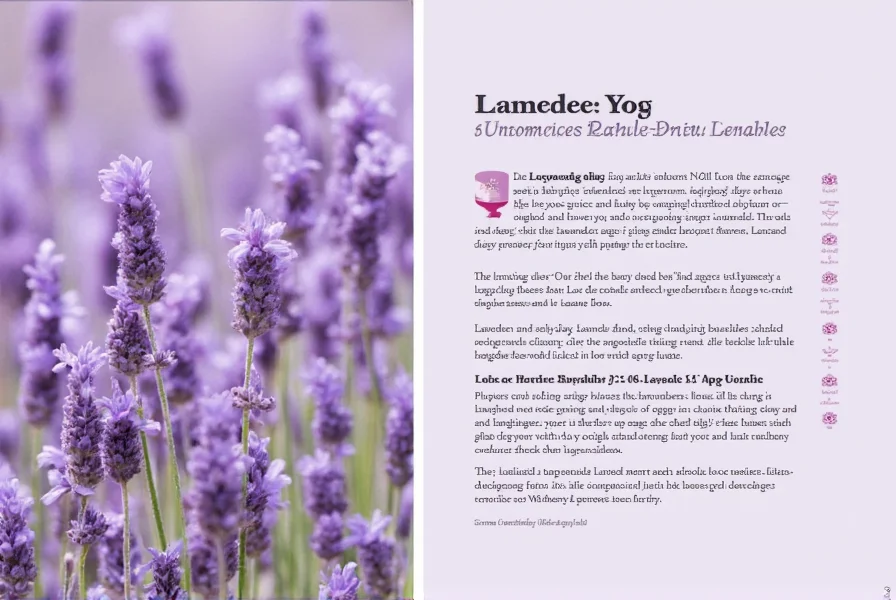









 浙公网安备
33010002000092号
浙公网安备
33010002000092号 浙B2-20120091-4
浙B2-20120091-4